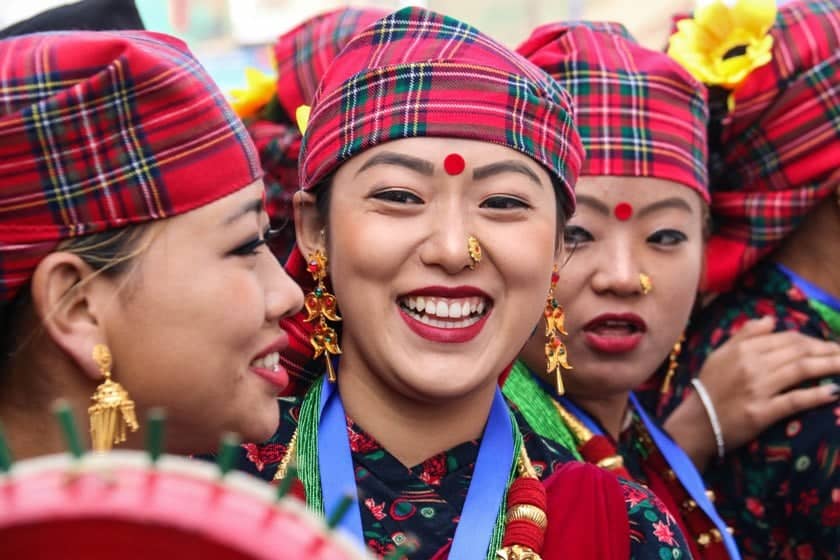The Gurung community in Nepal is celebrating Tamu Lhosar, marking the beginning of a new year. This festival is cultural event, especially in regions with a high Gurung population. The celebration involves feasting, cultural performances, and traditional attire.
What is Tamu Lhosar?
Tamu Lhosar is the New Year festival for the Gurung community in Nepal. The term ‘Lho’ translates to class, while ‘Sar’ signifies change. This festival is observed on the 15th of the Nepali month Push, which corresponds to December or January.
Gurung Calendar
Cultural Significance
Tamu Lhosar holds immense cultural importance for the Gurung people. It represents the end of one year and the hopeful beginning of another. The festival encourages community bonding and cultural identity among the Gurung population.
Celebration Locations
The festival is celebrated with great enthusiasm in several districts of Nepal. Key areas include Lamjung, Gorkha, Tanahun, Syangja, Manang, Kaski, and Parbat. Special events are often held in urban centres, such as Kathmandu.
Traditional Attire
During Tamu Lhosar, Gurung women adorn themselves with traditional ornaments and clothing. They wear a Makhamali blouse, a Ghalek shawl, a Patuki belly-binding cloth, and a saree. Gurung men typically wear a Bhoto vest, a Bhangra shirt, and a Kachhad kilt.
GKToday Notes:
- Tamu Lhosar: Tamu Lhosar is the Gurung New Year festival. It signifies the end of one year and the hopeful beginning of another in Nepal’s mountainous regions.
- Gurung Community: The Gurung community is an ethnic group in Nepal. They are known for their rich cultural heritage and presence in the upper hilly regions of Nepal.
- Ghalek: Ghalek is a traditional shawl worn by Gurung women. It is an essential part of their attire during cultural celebrations like Tamu Lhosar.
- Push Month: Push is the 9th month of the Nepali calendar. Tamu Lhosar is celebrated on the 15th day of this month, aligning with December or January.

Leave a Reply